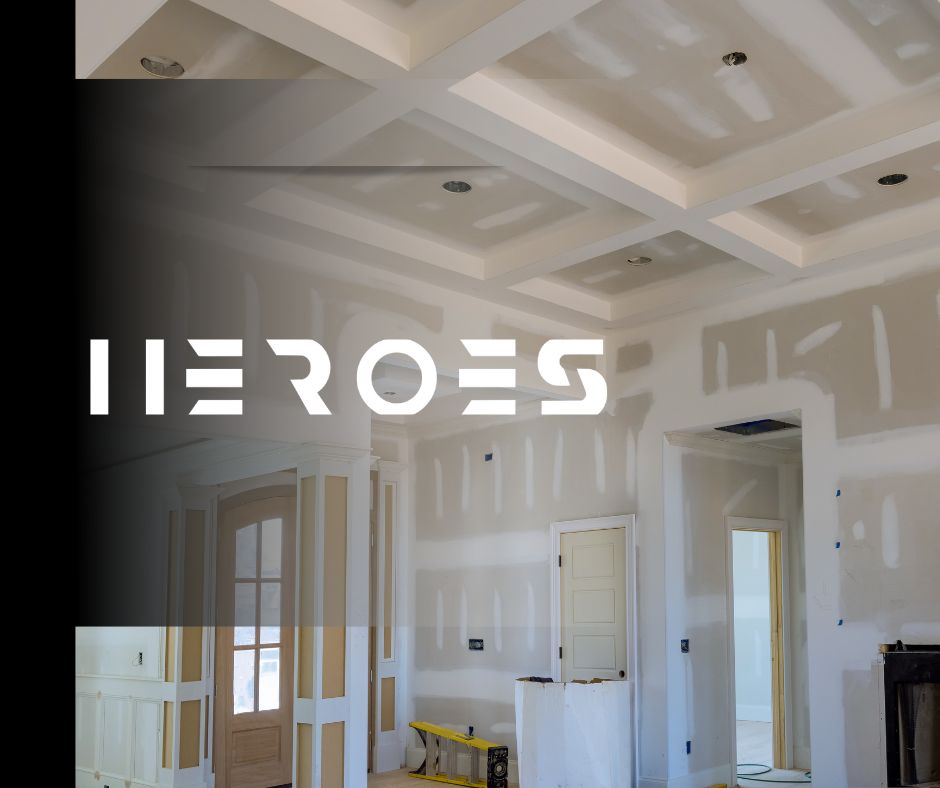The integration of skylights into home design offers significant potential to enhance both the aesthetic appeal and functional utility of a space. When strategically positioned, skylights can illuminate interiors with natural sunlight, creating a lively yet soothing atmosphere.
The benefits of skylights extend beyond their visual appeal, potentially leading to energy cost savings and improved indoor air quality. However, integrating skylights into a home requires a nuanced approach, considering factors such as the home’s architectural design, geographic location, and the specific needs of its occupants.
This discussion will delve into the intricacies of incorporating skylights into your home remodeling, providing detailed insights to help you determine how skylights could enrich your residential living experience.
The Advantages of Skylights
Skylights offer a myriad of benefits to a home, from enhancing its aesthetic appeal to improving overall energy efficiency. They infuse spaces with natural light, creating an inviting atmosphere and reducing the reliance on artificial lighting. This not only reduces energy consumption but also lowers electricity bills, contributing to sustainable living.
Moreover, skylights facilitate ventilation, promoting air circulation and reducing condensation issues. They also provide an opportunity to enjoy views of the sky and feel connected to nature while indoors.
Additionally, skylights can significantly increase the value of a property, making them an investment rather than just an expense. Therefore, incorporating skylights into home design is a strategic move that combines aesthetic, practical, and economic advantages.
Selecting the Right Skylight
Given the substantial benefits of skylights outlined earlier, it is crucial to understand how to select the most suitable model for your specific needs and home remodeling. The right skylight can not only enhance your home’s aesthetic appeal but can also boost energy efficiency and improve your well-being.
When choosing a skylight, consider factors such as the type of skylight (fixed, ventilated, or tubular), placement to optimize natural light exposure, and the type of glazing (clear, tinted, or thermal) to affect light transmission and energy efficiency.
READ MORE:



